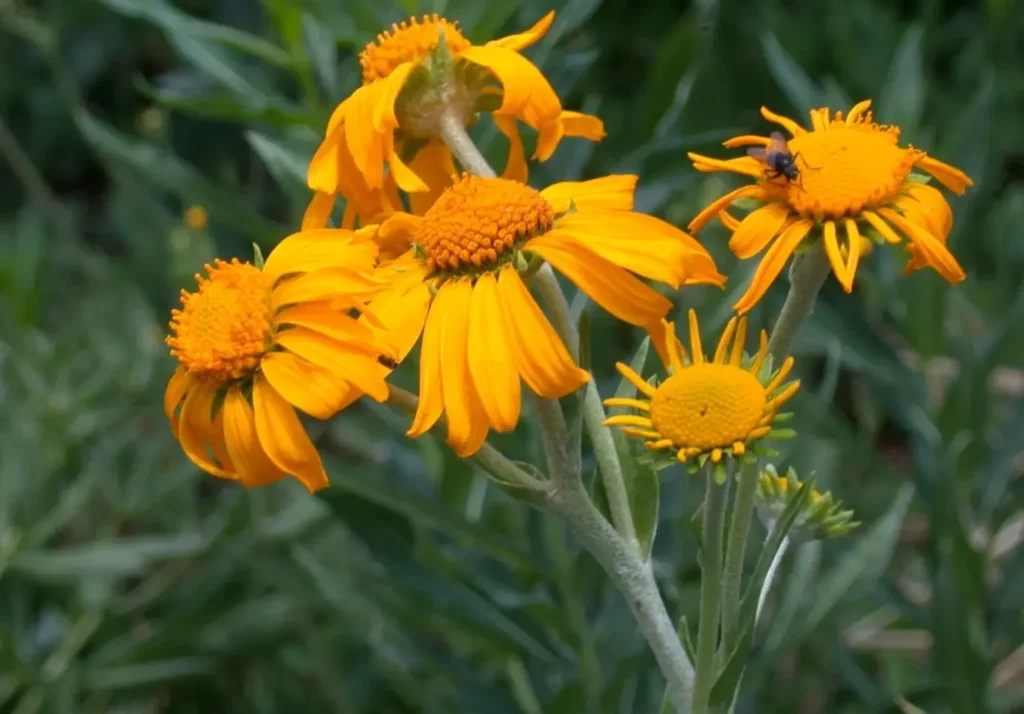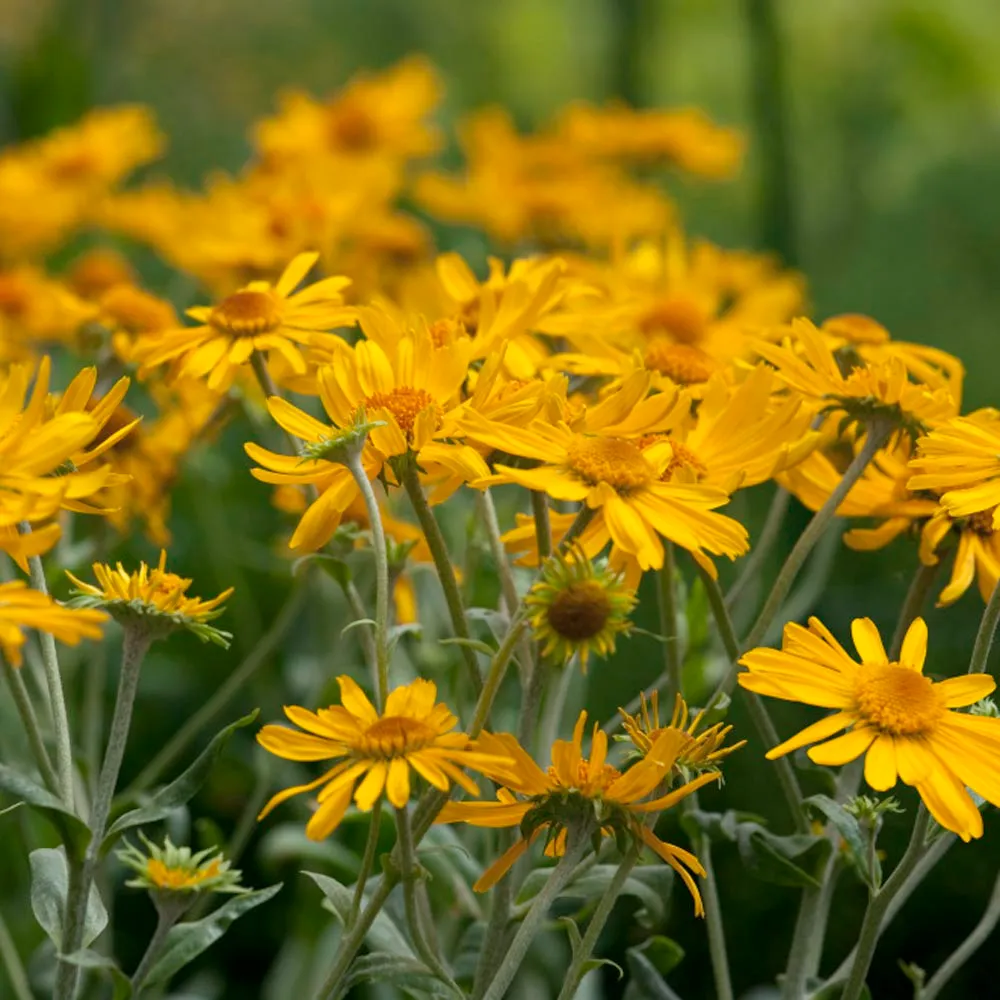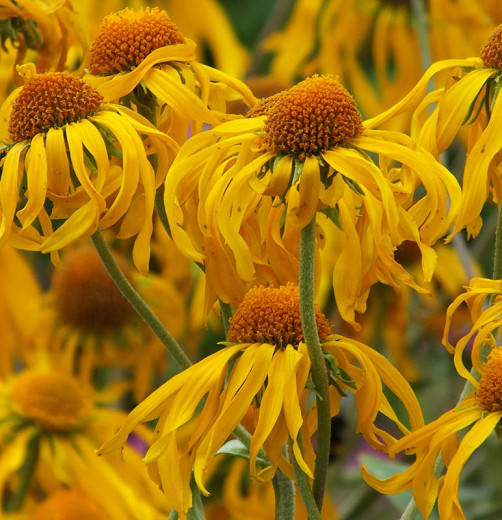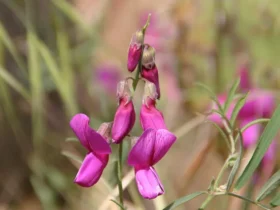Unfurling its blossoms earlier than its Helenium counterparts, Helenium hoopesii, commonly known as Orange Sneezeweed, emerges as a native of North America, gracing gardens with clustered branches adorned in brilliant, golden yellow flowers measuring 3 inches in diameter (7 cm). These cheerful blooms bear a striking resemblance to daisies, composed of notched ray petals that form a vibrant skirt encircling a central, pollen-covered orange cone.


This cone serves as a nectar-rich haven for butterflies, inviting them to join in the spectacle. As the blossoms rise above the erect clump of gray-green, lance-shaped leaves, they create a vivid and lively display.
- Rooted in a taproot, Helenium hoopesii is propagated through seed, allowing its beauty to be multiplied.
- This perennial delight brings forth several weeks of vivid color, gracing the landscape from early to late summer. Reaching a height of 28 to 30 inches (70-75 cm) and spreading 18 to 24 inches wide (45-60 cm), it emerges as a standout presence within gardens.
- The Orange Sneezeweed can be a breathtaking sight when planted en masse, harmonizing seamlessly with ornamental grasses and other perennial companions. Its versatile nature makes it a splendid addition to borders, cottage gardens, or naturalistic settings such as prairies or meadows.
- This plant holds appeal even after being cut, as it makes for attractive floral arrangements. With strong resistance to insects and diseases, it holds a special allure for butterflies, while deer opt to pass it by.
- Preferring full sun exposure, Orange Sneezeweed is remarkably hardy. It thrives in average, medium to wet, well-drained soils, with a particular affinity for rich, moist conditions, but harboring an aversion to dry soils. Regular watering is key to encouraging a profusion of blossoms.
- To extend the flowering period, deadheading is advised. After the flowering cycle concludes and the plant enters dormancy, trimming down the spent stems ensures its vitality for the seasons to come.










